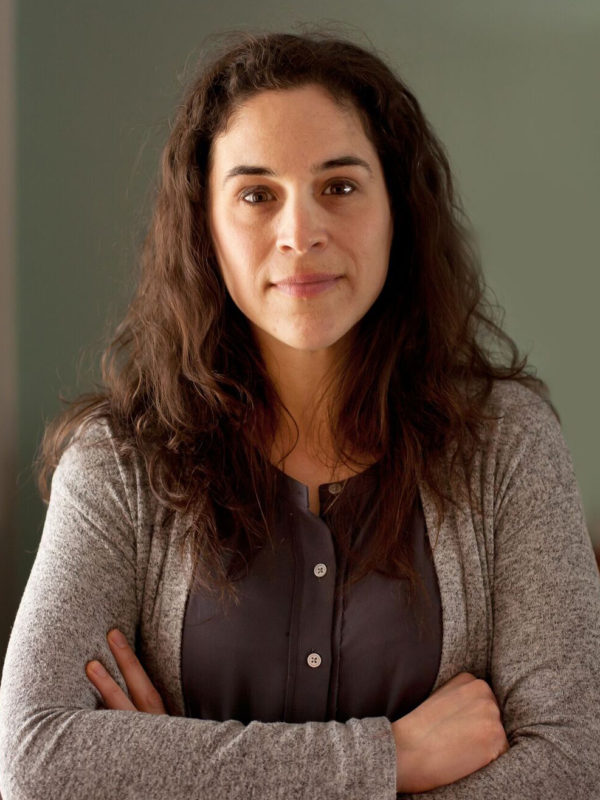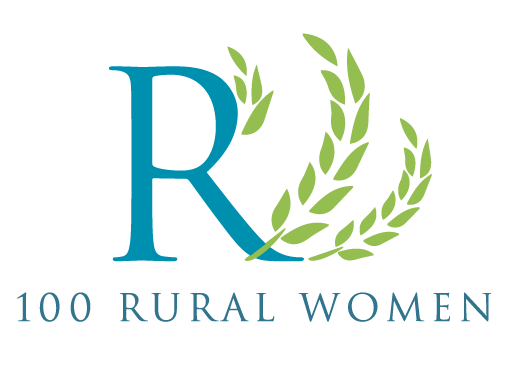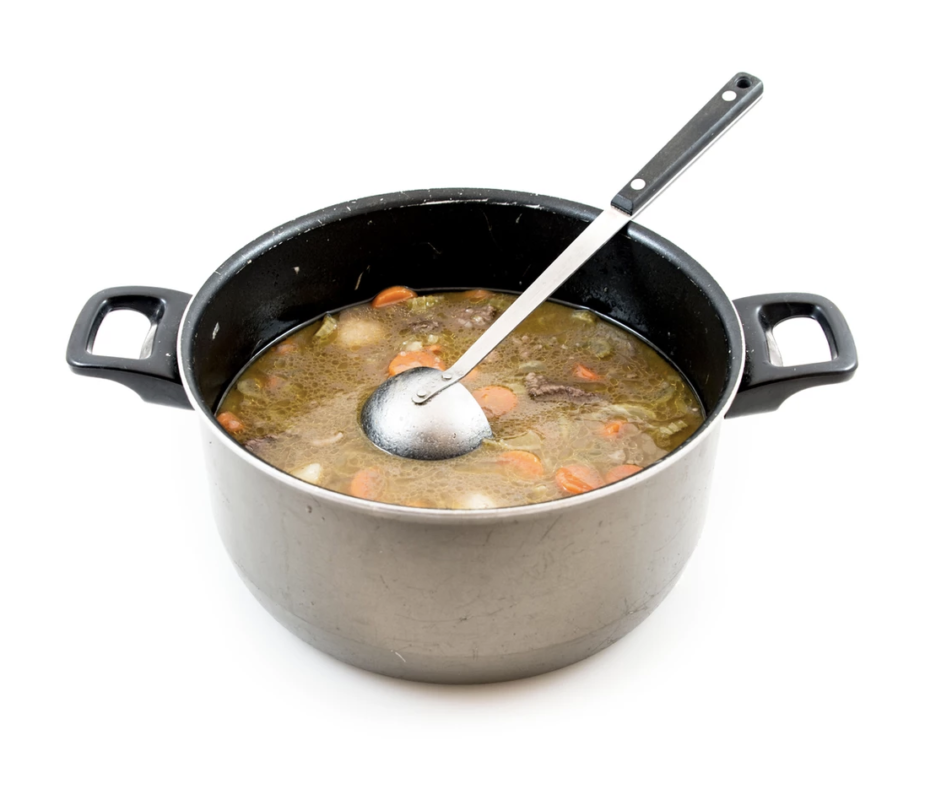“I want to figure out creative ways to involve people, tell their stories, document those moments, and then disseminate and share them with the rest of the world.”
Su Legatt is a Social Practice Artist, Photographer, and Small Business Owner (Legatt Print and Photo) She’s a community engagement artist with a background in photography. Su was invited to participate in 100 Rural Woman a few years ago when attending a conference. Her background is in fine arts, with a formal training at liberal arts school. Over the years, she grew tired of creating art for the sake of art and wanted it to have more of a purpose. Around 2002, Legatt started using visual and creative skills to provide a platform for others, to help them tell and share their story. Today, this practice is done to raise empathy, awareness, and strengthen communities, both physical and imagined.
We are so fortunate to have Su Legatt in our community at 100 Rural Women and to have had the opportunity to speak with her for our Spotlight Profile Series.
What is your connection to rural?
“Rural” as a term, is a bit of a construct. Some people connect it to geography, but that is constantly changing. Some associate it with a way of living, but that varies according to culture and region. I believe rural (in America) is an evolving state of being. Similar to Benedict Anderson’s Imagined Community, rural is a state of mind more than a physical relationship.
I’m a sixth-generation Minnesotan from Stearns County and I’ll always be connected in that way. I was born in Little Falls, MN, and spent my first five years on a farm near Flensburg, a very tiny town sandwiched between two small towns. In 1986, my family moved to a farm in Perham, MN. We had transitioned to a lake home by 1989, partially because of the decline in family farming prevalent at the time. After graduating and leaving for college, I had the opportunity to live in a variety of places around the country but never lost the connection to my home.
I am part of the sliver generation that grew up with computers but not smartphones. The internet became a part of our lives when I was in high school, but we still trusted the shelves of encyclopedias. I understand social media but prefer a phone call. I grew up with a large garden and a walk-in pantry full of preserved food for winter. To this day, it is not an option to not have a garden.
Today, my work focuses on the complexities of the rural communities and the rapid changes they face from both rural exodus and urban escapism or sprawl. The daily activities that are often overlooked as too common are what defines a culture. My work creates opportunities to document, share, and celebrate these moments, experiences, and knowledge.
What made you decide you wanted to stay in rural?
I don’t even remember it being a conscious decision that I was going to focus on rural communities or that I necessarily categorize myself as a rural artist. I just find myself thinking about the rural and working in the rural a lot. For me, it was one of those things where I wanted to be an artist pretty early on. I think somewhere around 9th or 10th grade I wanted to be an artist or a teacher. Now I’m both! But I didn’t grow up in the arts community at all.
My parents are dairy farmers, and my dad started a trucking company, my mom is a hairdresser. Going into the arts, for them, is a scary prospect because you want your kids to have a career that’s going to support them. Art didn’t make sense in that way. So immediately I went into mission mode where it was about educating my parents about the art world and trying to get them to see how graphic designers design cereal boxes or soup labels at the grocery store. Or how photographers are needed to document major moments in life, but also to record the happenings of the day. Artists add beauty to locations, organize community events, try to keep music traditions alive, perform, or whatever the creative avenue is.
The challenge for me, and I think the reason I keep coming back to the rural communities is, the rural communities are experiencing an evolution. It’s like an evolution on steroids because simultaneously we have a rural flight where younger people are leaving rural communities and going to urban centers but then there are also people in urban centers starting to buy land in rural communities. Now, this has been going on for a very long time but if you look at like the last 20 years, Californians were buying land in Montana because they wanted privacy and fresh air and all that, but then we also see people moving from Chicago to Minnesota/Wisconsin. So, there’s this cross transition that’s happening where we have rural flight but then we also have urban “escapism.”
The traditions and way of living and how people related to each other in the rural communities when I was young almost don’t exist anymore. So, I’m fascinated by this huge shift that’s happening in rural communities. Also, as a photographer, I ask myself: how can I document that and how can I involve the community in that process? Because it shouldn’t be from one person’s perspective, it should be from the people who are experiencing it. I have this term I use called “collective identity” where there’s the identity of a community determined by everybody within the community. I want to figure out creative ways to involve people and tell their stories and document those moments and then disseminate and share them with the rest of the world.
How do you create change in your community?
As a social practice artist, I combine visual art, community, and activism. All of my projects focus on the living history and inherited knowledge we use to govern our lives and define community. But the sharing of these experiences creates a connection where there wasn’t one or strengthens an existing relationship, evoking empathy and understanding. A couple of my recent projects Dish and Minnesota Nickel focus on micro-moments of empathy.
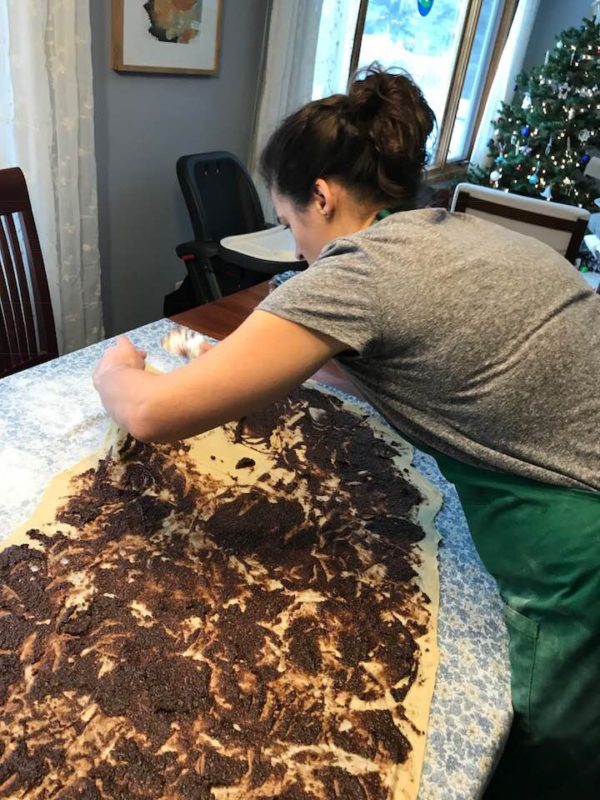
Tell us about some of your work/projects
A lot of my work is more quiet activism. I’m not a radical person so I like to think about micro-moments of empathy where it is as simple as passing a wooden token that just lets them know I saw what you did that was awesome, I acknowledge you. I think there’s a place for radical empathy and for radical gestures but there’s an important place for those micro-moments as well and how we can grow individually by having a conversation with one person that might shift our mindset. Then, how do we take that new mindset out into the world and keep growing and learning from that?
I’ll go chronologically as my projects don’t really end they just involve from one into the next.
Advice From Minnesota Grandmothers
I started this around Thanksgiving when I was talking to my cousins and grandmother. We were cracking jokes about how my grandparents handled certain situations. It made me start thinking about this idea of inherited knowledge and ask the question: what’s some advice that grandmothers give? I wanted to share this culture of grandmothers honoring, supporting, and admonishing their grandchildren. So, I put a call out on Facebook saying “Hey Minnesotans! What advice did your grandmothers give you?” I took all the responses and screen-printed them onto these upholstery swatches form the 60s and 70s. They all have a crocheted starched border around them because that is the tradition that has been passed down mother to daughter in my family, so it’s kind of honoring my grandmother and all grandmothers but also in a kind of a weird, funny, cheeky sort of way.
Minnesota Nickel
From there I started thinking about the idea of what it means to be a Minnesotan. I asked, What connects everybody? and What are the stereotypes? and What are the archetypes within the upper Midwest? And there’s this phrase “Minnesota Nice” and I explored that more, how we determine niceness, and whether this stereotype is accurate. So, I came up with the MN Nickel.
They’re wooden tokens, each with a unique serial number, that is stamped with instructions for what to do. The idea is that when you have this coin, you find somebody to give it to whom you’ve witnessed do something nice. It’s a way of acknowledging their act without putting them on the spot or making it a big deal, which is also very Minnesotan. With the serial number, you can go on the website and upload the story of how you either gave or received the coin. To date there’s got to be a few hundred stories on the website. There’s about 13,000 of these in circulation in five countries to date. They were at Super Bowl 52 which is super cool!
The real challenge of the nickel rests with the keeper. They need to decide who and what action is worthy of recognition. It forces the keeper to examine their own metric of kindness and raises awareness of the actions of those around them. It is a physical exchange in a world dominated by social media. The other thing that happened was the Baader-Meinhof Phenomenon. When people were looking for these acts of niceness they started seeing more niceness out in the world than they would have otherwise noticed.
How do I get involved?
You can sponsor nickels but you can’t purchase them. Sponsoring covers the cost of manufacturing and shipping.
Dish Project
This project started in 2016. Really, the idea taps on a couple of things. There was a lack of opportunity to gather in the rural communities. The tradition of sharing food and sharing stories is a universal act. As far as I know, every culture on the planet shares food and shares stories. So that was sort of my entry point into creating an event that could be as inclusive and diverse as the community hosting it. Dish is where everybody brings a family or an ancestral food item along with a recipe card. The reason I did that is I wanted to do a demographic study. For example, if we got a lot of German dishes we knew that there was a larger German community in that area.
People’s items are photographed in a little lighting tent as they arrive. We would then fill our plates, sit down, and start a conversation. The first question was always “what dish did you bring and why?” It’s a fantastic ice breaker because people want to share that. There are certain questions I asked at every single event. Other things would just come up organically, differing from group to group.
Because of COVID, we ended up having one event online which was pretty cool. People who were from Minnesota but no longer living here attended. They had such a great conversation around the nostalgia of food and how they brought their Minnesotan-ness to other places.
Any Dish events coming up?
I’m trying to figure out how to keep the context of Dish going forward even though I’m not planning on hosting more. I’ve kind of moved past that conceptually, but the photographs are going to start being exhibited.
What are you working on currently?
I’m doing a project right now where I’m visiting locations around Minnesota and creating 360-degree landscape photographs. I’m working with local historians trying to tell the full history of that specific section of land. I want to focus on the land and how it’s been used and altered throughout history. So instead of the person’s experience on the land, I’m thinking about the land’s experience of the people that have been there. Basically, telling the stories of the rural communities and the people in a way that is honest, authentic, and respectful.
What are some things you’d like to highlight in future projects?
I’m shifting more to this idea of inherited knowledge. Dish was about that too with recipes passed down. I want to take this idea and make it even more accessible and inclusive so we can eliminate the need for a physical gathering. Because even for some people just getting in the car and going is a resource that they don’t have. Or there’s an issue of food insecurities.
It’s hard to believe that even in rural communities we have what are considered “food deserts” where people don’t have access to food. Even though the food is grown right there in that field, it’s not available to the people living right by it. Then maybe there’s one grocery store, but it’s 15 miles away and the prices are hot. So, there are all these issues around food and accessibility and inclusion that I’m trying to think about quite a bit.
The other thing is there have been a lot of misconceptions regarding the ethnic makeup of rural Minnesota. It would be nice to shine a light on just how diverse it is. The diversity, though denser in urban centers, is also present in rural communities.
I was listening to this podcast once (don’t remember the name) and they were talking about this theory on why lower-income individuals don’t throw things away and why they keep the broken TV or the car in the driveway under a tarp.
It’s not a personal aesthetic choice to keep all that stuff. It’s because that TV or those pair of shoes or whatever it is was hard to get. It represents this effort, struggle, or time period that they went through to achieve that. So, for them, that is something that they’ve earned as opposed to just acquired. I think we keep things for some type of security that we’re probably not even conscious of.
It’s the flip side with people who have a stronger financial support system. They do have more resources to them. They can go get that thing and when it breaks, we’ll go get a new one. It may be inconvenient and annoying, but they don’t have the same emotional attachment to the object.
I think there could be a parallel to food in that way. Though they know it’s not the healthiest thing or it’s not the thing they should be eating, they keep doing it anyway because there’s that emotional attachment to the taste or the recipe itself.
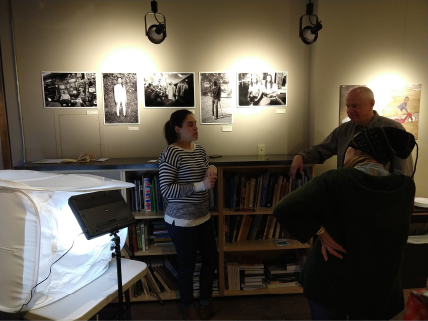
How do you deal with moments of discouragement?
As a visual artist, your world is full of rejection and challenges. I tell my students the most important things you can have as an artist is a thick skin and perseverance. Talent comes and goes. Generally, if I am not successful, I do two things… 1. Make the goals more incremental (it’s easier to go up the ladder if the rungs are closer together) and 2. Get the feedback or rejection reasoning, adjust, and apply again… and again… and again. You learn from those rejections, and they can make you stronger.
Who or what has been your biggest inspiration?
I’m not sure if there is a single person or moment that inspires me. It’s more collective. Mainly, I want to make my family proud. I want my son to be able to tell his children about me with pride and admiration. I am more driven by the fear of failure than fame and glory. My favorite artists include Suzanne Lacy, Merle Laderman-Ukeles, the disruptive practices of the Dadaists. As well as the community engagement methods of the modern Feminist movement and the contemporary LGBTQIA+ movement.
What advice would you give to your former self?
There’s so much I would say to my younger self. The first would be to stand up for yourself. You have more value than you realize, and you don’t need to work so hard to achieve someone else’s dreams.
Don’t compare yourself to others. The world is not fair. You’ll go crazy wondering why someone with less ability than you got the opportunity you wanted. Redirect. Focus on your growth and the opportunities will present themselves.
The other thing I would say is to start your Roth IRA account today.
